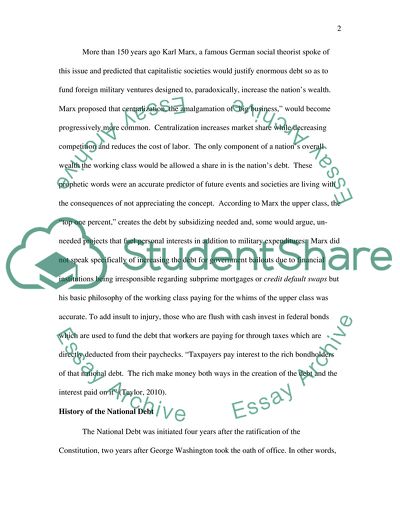Cite this document
(The U.S. National Debt Coursework Example | Topics and Well Written Essays - 2000 words, n.d.)
The U.S. National Debt Coursework Example | Topics and Well Written Essays - 2000 words. https://studentshare.org/macro-microeconomics/1768548-united-states-national-debt
The U.S. National Debt Coursework Example | Topics and Well Written Essays - 2000 words. https://studentshare.org/macro-microeconomics/1768548-united-states-national-debt
(The U.S. National Debt Coursework Example | Topics and Well Written Essays - 2000 Words)
The U.S. National Debt Coursework Example | Topics and Well Written Essays - 2000 Words. https://studentshare.org/macro-microeconomics/1768548-united-states-national-debt.
The U.S. National Debt Coursework Example | Topics and Well Written Essays - 2000 Words. https://studentshare.org/macro-microeconomics/1768548-united-states-national-debt.
“The U.S. National Debt Coursework Example | Topics and Well Written Essays - 2000 Words”. https://studentshare.org/macro-microeconomics/1768548-united-states-national-debt.


